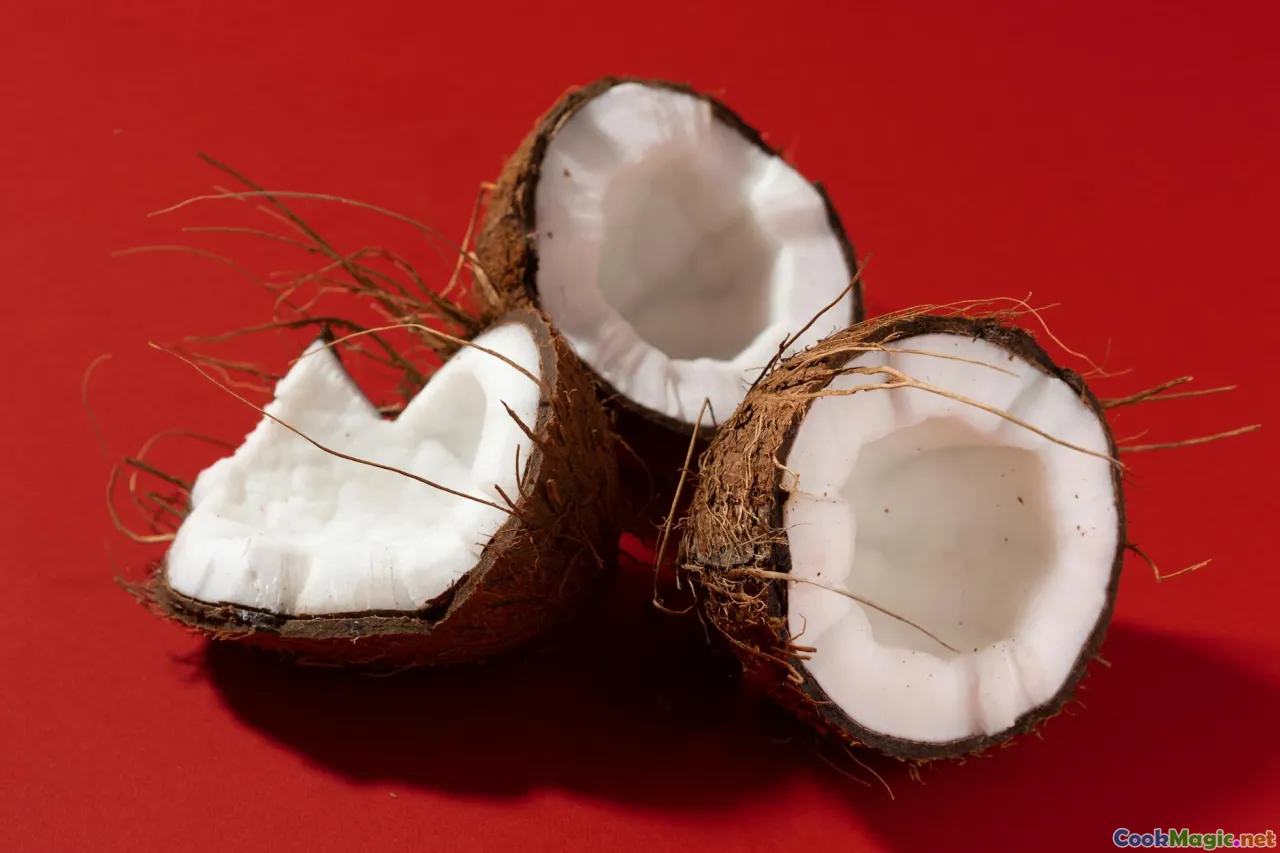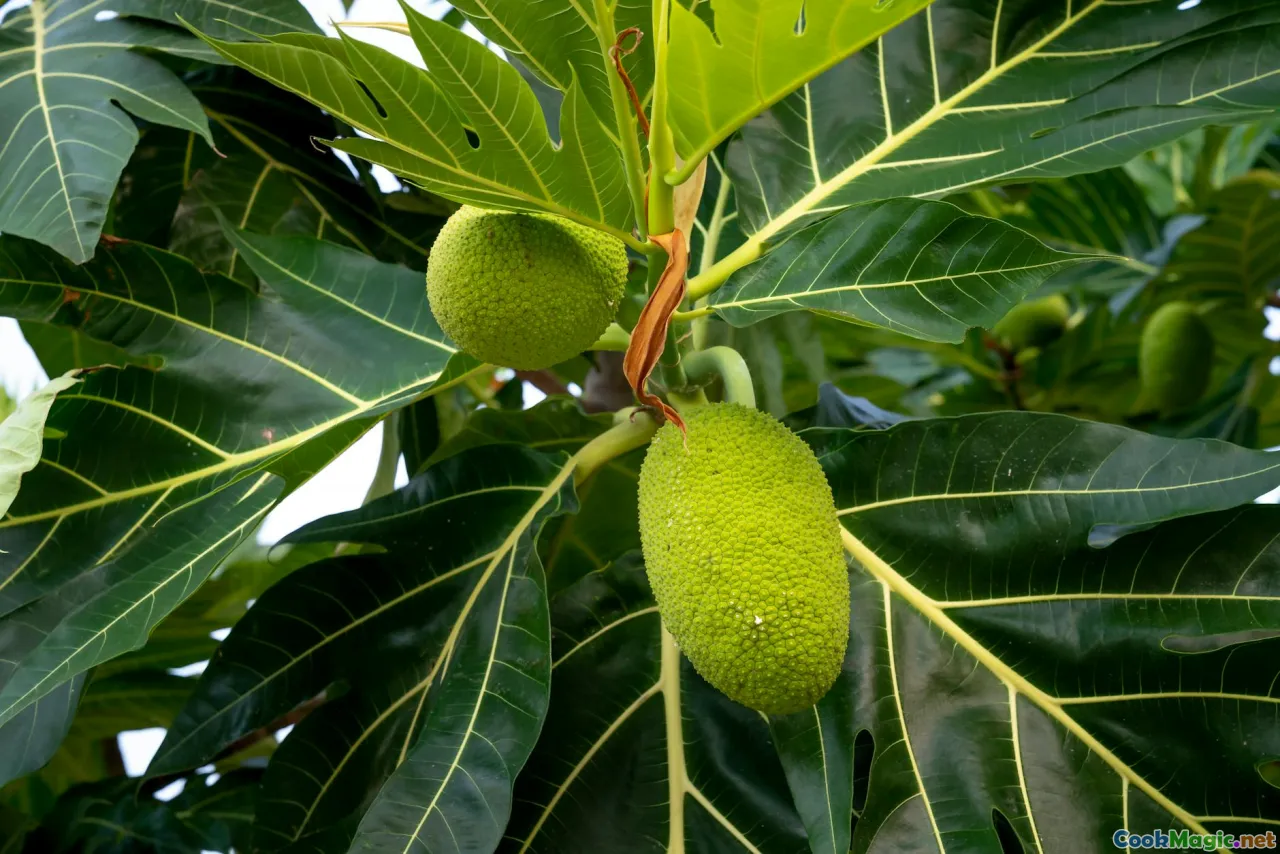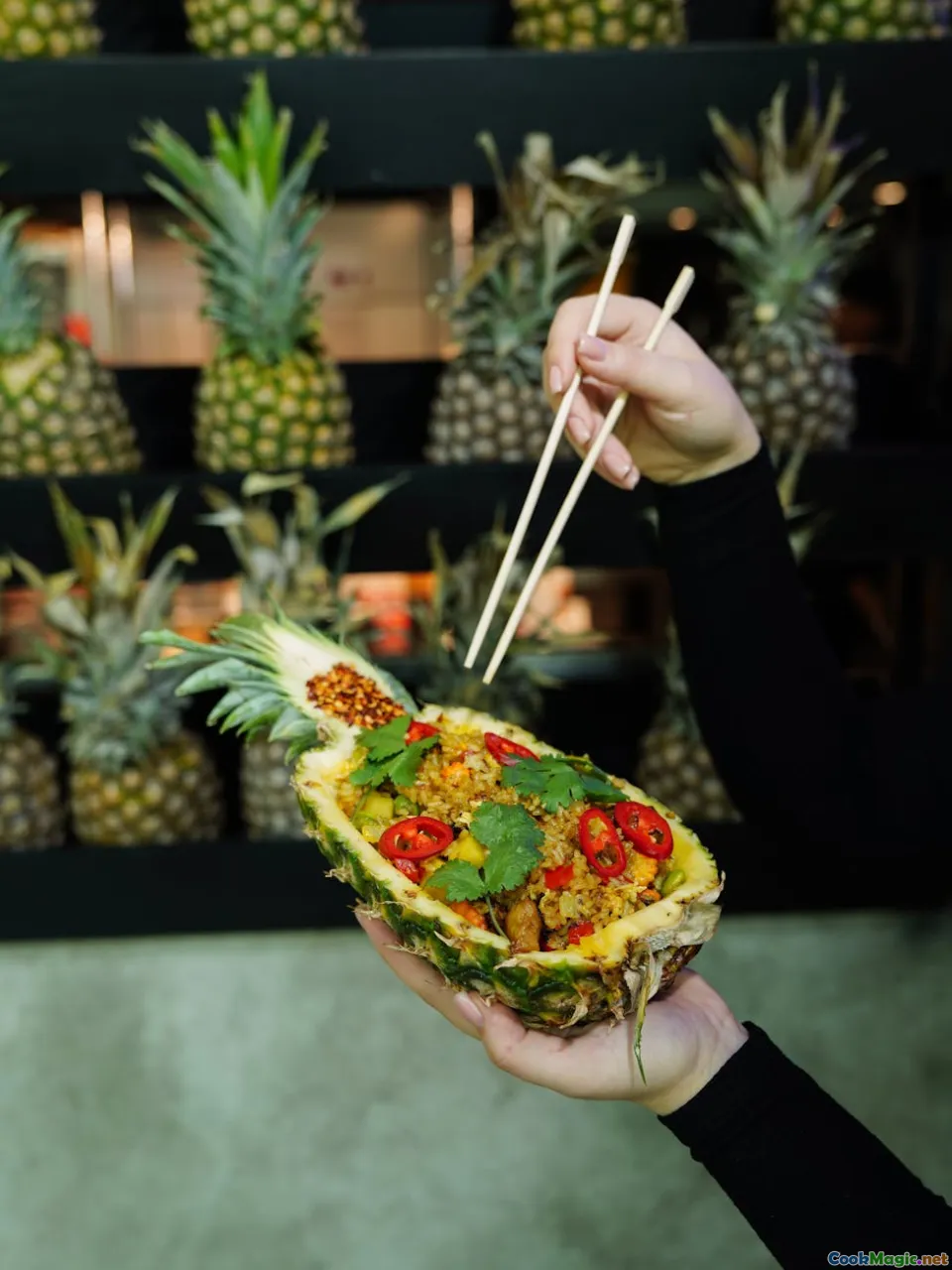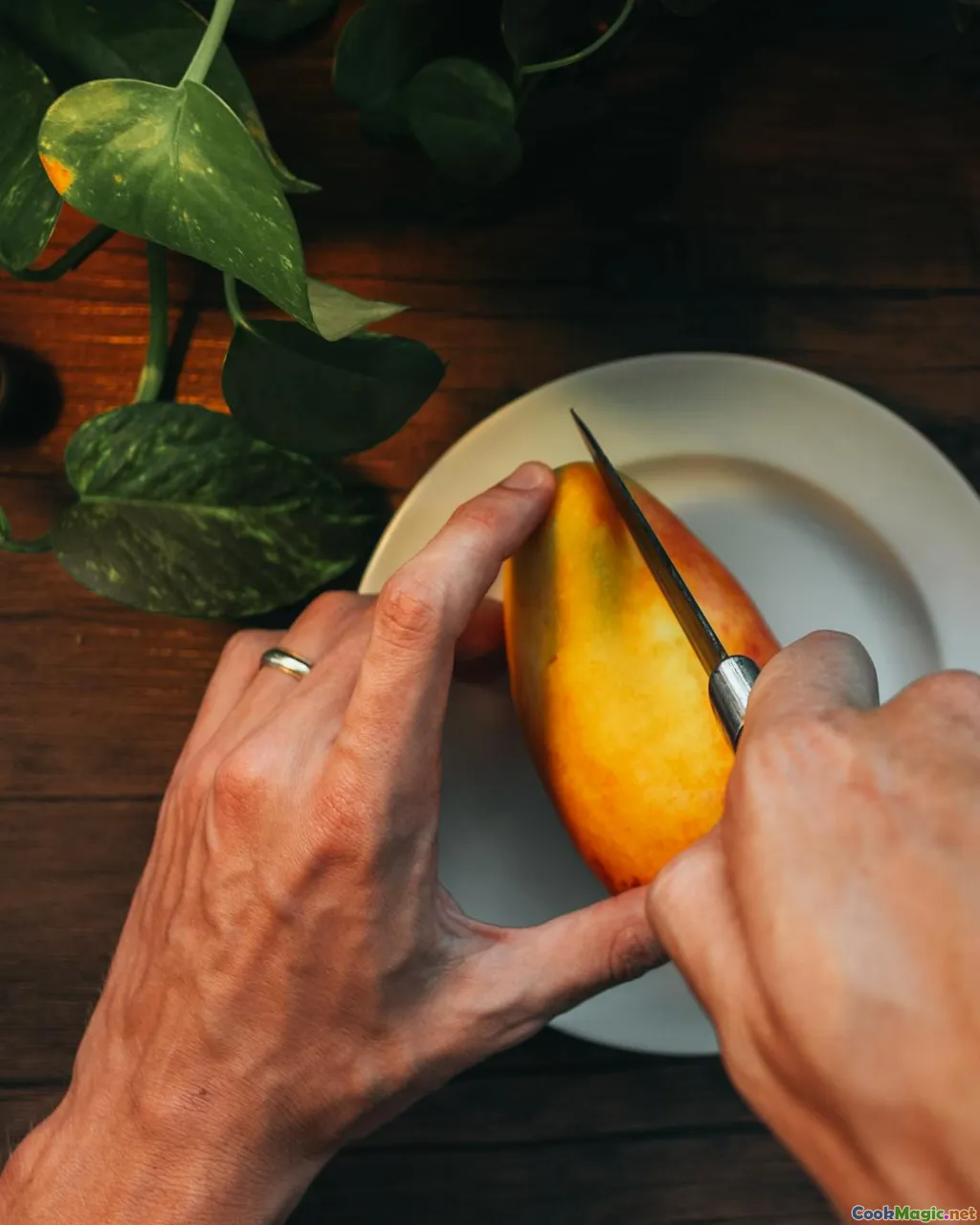Pairing Fijian Dishes with Tropical Fruits
11 min read Explore delicious combinations of Fijian dishes and vibrant tropical fruits that elevate island culinary experiences. July 24, 2025 06:05
Embracing Fijian Cuisine: A Tapestry of Flavors and Foliage

Fiji, an archipelago of over 300 islands in the heart of the South Pacific, offers more than just breathtaking vistas—its culinary landscape is a vibrant mosaic of flavors, textures, and aromas woven into the islanders’ everyday life. At the core of Fijian cuisine lies a deep reverence for tropical fruits, which not only satiate the palate but also embody the spiritual and cultural essence of the islands. The sweet, tangy, and complex notes of these fruits have been seamlessly integrated into traditional dishes, elevating them from mere sustenance to memorable sensory experiences.
Cultivated through generations, Fijian dishes infused with tropical fruits evoke stories of ancient fishing villages, lush forests, and communal gatherings under starlit skies. Whether it’s the fiery, smoky taste of lovo-baked roots and meats or the vibrant burst of flavor from fresh fruits, pairing Fijian dishes with tropical fruits is an art—one that celebrates harmony, history, and the island’s natural bounty.
The Rich Palette of Fijian Tropical Fruits

Fiji’s tropical fruits are a cornerstone of its culinary identity. From the deep green, starchy breadfruit to the white, aromatic soursop, each fruit has a unique story and flavor profile. These fruits are freely available across local markets, often sold by friendly vendors whose stories are as colorful as their produce.
Key Tropical Fruits & Their Culinary Roles
- Soursop (Graviola): With its bumpy green exterior and cotton candy aroma, soursop’s creamy white flesh offers a sweet, slightly tart taste reminiscent of strawberry and pineapple. Its smooth texture makes it perfect for smoothies, desserts, and refreshing drinks.
- Tahitian Pineapple: Juicy and intensely fragrant, this pineapple adds a vibrant centerpiece to salads and a sweet depth to curries.
- Breadfruit: Often baked or roasted, its soft, purplish flesh bridges the gap between vegetable and fruit, blending wonderfully into stews and as a side dish.
- Guava: Ranging in flavor from tart to sweet, guavas are often used in jams or eaten fresh for a burst of citrusy freshness.
- Coconuts: Not just a drink, but also a versatile ingredient—coconut milk enriches curries, and shredded coconut adds texture to desserts.
- Taro Leaves: Often used as a wrapping for proteins in slow-cooked dishes, these leaves impart a nuanced, earthy flavor.
Understanding these native gems sets the foundation for expertly pairing them with Fijian dishes.
Traditional Fijian Dishes Infused with Tropical Fruits

The heart of Fijian cuisine beats in communal feasts, often prepared over hot stones in what’s called a lovo—a traditional earth oven that slowly smokes and steams meats, root vegetables, and fruits.
The Classic Lovo Platter
A typical lovo feast includes taro, cassava, and breadfruit, usually cooked alongside fresh seafood like fish or shellfish. To elevate this already rich plate, slices of pineapple or mango are sometimes added directly to the cooking process, imparting subtle fermentation notes and a juicy sweetness that contrasts beautifully with smoky flavors.
Fijian Curry with a Tropical Twist
Fijian curries are hearty, savory, and fragrant—often made with chicken, fish, or seafood, simmered with local spices, coconut milk, and chunks of sweet potato or breadfruit. Adding shredded ripe mango or pineapple during simmering introduces a hint of tropical acidity that balances the heat and enhances the richness of the dish.
The Freshness of Kava and Fruit Desserts
In traditional yaqona (kava) ceremonies, vibrant fruit platters are essential. Slices of guava, bananas, and dragon fruit complement the earthy, peppery taste of kava, creating a sensory harmony that encapsulates Fijian hospitality.
Pairing Techniques: How to Harmonize Fijian Dishes with Tropical Fruits

Successfully pairing tropical fruits with Fijian dishes involves understanding flavor balance, texture contrast, and cultural context. Here are some expert strategies:
1. Embrace Sweet & Savory Contrasts
Tropical fruits like mango and pineapple contain natural acidity and sweetness that cut through rich, spicy, or smoky dishes. For example, serving grilled fish with a side of fresh papaya salsa offers a lively interplay of flavors.
2. Incorporate Textural Variety
Crunchy shredded coconut, tender breadfruit, or slippery taro leaves add complexity to dishes. When pairing, consider texture as much as flavor—for instance, pairing smooth coconut rice with firm, grilled plantains.
3. Leverage the Aromatic Quality
Fiji’s fruits often carry intoxicating fragrances—use them to enhance dishes through garnishes or integrated ingredients. A dash of crushed guava or passionfruit pulp can brighten stews and elevate presentation.
4. Balance Acidity and Sweetness
A juicy tropical fruit can serve as a natural palate cleanser after spicy Curry or lovo platters. Think of a chilled slice of starfruit served after a hearty seafood coconut curry to refresh the senses.
5. Experiment with Traditional and Contemporary Pairings
Create fusion touches by combining local ingredients. For example, a tart passionfruit curd atop a coconut-flavored panna cotta offers a modern, tropical-inspired dessert that speaks to Fiji’s culinary soul.
Personal Insights & Cultural Moments

Having explored Fiji’s bustling markets and shared meals in remote villages, I’ve seen firsthand how tropical fruits transcend mere ingredients—they embody community, tradition, and pride. During a village feast in Yasawa Islands, I watched as families carefully arranged their fruit platters with passion and artistry, highlighting Fiji’s seamless integration of nature’s bounty into daily life.
In such settings, pairing fruits with local dishes isn’t just about taste; it’s an act of storytelling— honoring ancestors' recipes while celebrating the vibrancy of today’s local produce. This approach encourages chefs and home cooks alike to innovate respectfully, blending new ideas with time-tested traditions.
Tips for Exploring Fijian & Tropical Fruit Pairings in Your Kitchen

- Start with Freshness: Always choose ripe, fragrant fruits for maximum flavor expression.
- Balance Flavors: Pair sweet with spicy, sour with rich, to achieve harmony.
- Use local produce: Seek out authentic, seasonal fruits to stay true to Fiji’s flavors.
- Experiment Boldly: Don’t shy away from combining unusual pairings like mango with grilled seafood or pineapple with spicy chutneys.
- Tell a Foodstory: Present dishes with vibrant colors and thoughtful garnishes involving tropical fruits, turning plating into storytelling.
A Delicious Journey Awaits
Fiji’s tropical fruits are an open invitation to culinary adventure—a blend of cultural storytelling and sensory delight. By thoughtfully pairing these natural treasures with traditional dishes, you can recreate the island’s vibrant spirit and uncover new dimensions in every bite. Whether you’re summoning the heat of a spicy curry with a splash of passionfruit or indulging in a cooling mango sorbet after a hearty lovo, the journey through Fiji’s flavors is as limitless as the ocean that surrounds it.
Embrace the spirit of discovery, and let Fiji’s lush landscapes and rich traditions guide your palate toward unforgettable, tropical-infused culinary creations.









